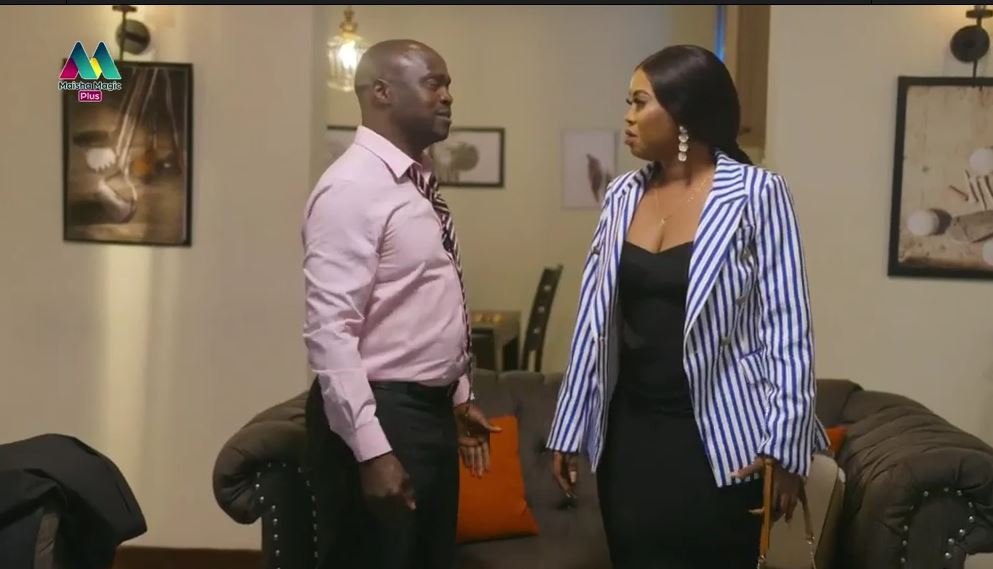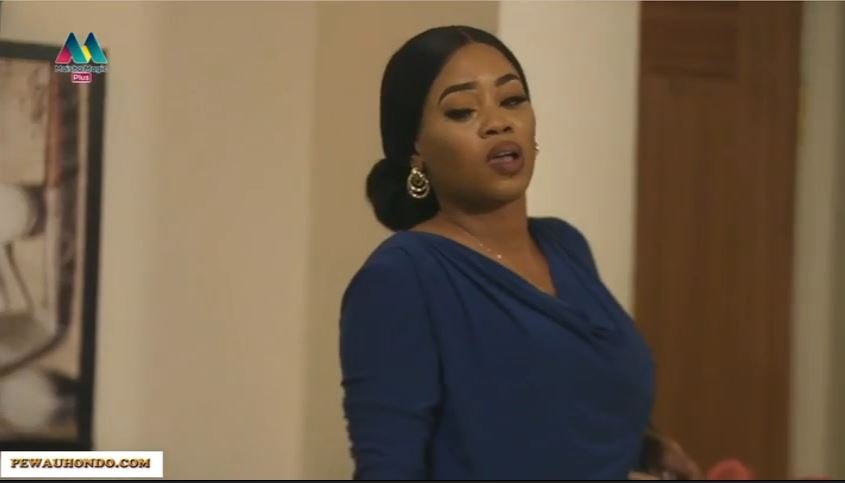Review: Best Budget Bluetooth Speakers for Kenyan Teens (November 2025)
Kenyan teens are all about vibes—blasting gengetone, afrobeats, or TikTok tracks during house parties, beach hangs at Diani, or matatu commutes. Budget Bluetooth speakers under KSh 5,000 fit that scene perfectly: portable, waterproof for rainy Nairobi afternoons, and with enough bass to hype up the squad without draining pocket money. In 2025, the market on Jumia and Jiji is flooded with solid picks from brands like JBL, Anker Soundcore, Oraimo, and Xiaomi—prioritizing IPX7+ ratings, 10+ hour battery, and Bluetooth 5.0 for stable phone pairing.
I reviewed options based on sound punch (bass for dance floors), portability (under 500g), durability (drop-tested), and teen-friendly features like colorful designs and app EQ. Prices are current from Jumia/Jiji deals; avoid fakes by sticking to rated sellers (>4.5 stars). These won’t rival high-end JBL Xtreme but deliver 80% of the fun at 20% of the cost.
Top Recommendations
Here’s a comparison of the best 5 under KSh 5,000, tailored for teens:
| Model | Price (KSh) | Battery Life | Key Features | Pros | Cons | Best For | Where to Buy |
|---|---|---|---|---|---|---|---|
| JBL Go 4 | 4,500–5,500 | 7–9 hrs | IP67 waterproof, Bluetooth 5.3, Auracast pairing, mini LED lights | Ultra-portable (190g), punchy bass, party mode with multiples | Short battery for all-nighters | Beach trips/group hangs | Jumia, Phone Place Kenya |
| Anker Soundcore Select 4 Go | 2,500–3,500 | 20 hrs | IPX7 waterproof, 5W driver, stereo pairing, app EQ | Long playtime, clear sound, budget king | Less bass than JBL | Study sessions/long commutes | Jiji, Jumia |
| Oraimo Bass Go Boom | 3,500–4,500 | 12 hrs | IPX6, 10W bass boost, FM radio/TF card, colorful RGB lights | Deep bass for afrobeats, multi-playback | Bulkier (400g) | House parties/TikTok dances | Oraimo Store, Jumia |
| Xiaomi Mi Portable (16W) | 4,000–5,000 | 13 hrs | IPX7, TWS stereo, aux-in, balanced EQ | Reliable build, good clarity, pairs easily | Basic design, no lights | Casual listening/gym | Phone Place Kenya, Jiji |
| Tribit StormBox Micro 2 | 3,000–4,000 | 12 hrs | IP67, power bank function, strap loop, 10W output | Tiny (280g), floats in water, charges phone | Smaller soundstage | Hikes/outdoor adventures | Jumia, Gadgets Leo |
Detailed Reviews
- JBL Go 4 (Best Overall for Party Vibes)
At KSh 5,000, this pocket-rocket is a teen staple—fits in your back pocket and pumps JBL Pro Sound with enough bass to rattle car windows. Bluetooth 5.3 connects in seconds, and Auracast lets you link multiple for stereo blasts at sleepovers. IP67 means it survives pool splashes or dusty school fields. Battery’s 7–9 hours with quick charge (10 min = 2 hrs), and mini LEDs add that Insta-worthy glow. Jumia reviews rave about its durability after drops, though max volume distorts slightly on deep tracks. Perfect for squad sessions—grab two for under budget and double the fun. - Anker Soundcore Select 4 Go (Best Battery Beast)
For KSh 3,000, this micro marvel outlasts your playlist marathons with 20 hours of playtime—ideal for all-day campus hangs without recharging. The 5W driver delivers crisp highs and decent mids for podcasts or R&B, with app-based EQ to tweak for gengetone bass. IPX7 waterproofing handles shower jams, and it pairs for true stereo. At 150g, it’s featherlight with a lanyard loop. Kenyan users on Jiji love the value (“sounds like twice the price”), but bass fans might crave more thump. A no-brainer for budget-conscious teens who hate cords. - Oraimo Bass Go Boom (Best for Bass Lovers)
Priced at KSh 4,000, Oraimo’s entry-level boombox lives up to its name with 10W bass that thumps Wakadinali tracks—great for impromptu dances. RGB lights sync to beats for that club feel, plus FM radio and TF card slot for offline mixes. 12-hour battery and IPX6 rating shrug off spills, and Bluetooth 5.0 is lag-free for videos. It’s chunkier but has a handle for easy tote. Reviews highlight local warranty support, though it gets warm at high volumes. Top pick for party starters on a dime. - Xiaomi Mi Portable Bluetooth Speaker (16W) (Best Balanced All-Rounder)
Under KSh 5,000, this 2021 classic (still killing it in 2025) offers 16W of balanced sound—clear vocals for sing-alongs, solid bass without mud. IPX7 waterproof and TWS pairing make it versatile for pool parties or gym bags. 13 hours of juice, aux-in for older phones, and a fabric wrap for grip. It’s understated (no flashy lights), but that’s a pro for low-key vibes. Jiji sellers note its longevity (“2 years strong”), with minor gripes on button responsiveness. Reliable for teens wanting quality without hype. - Tribit StormBox Micro 2 (Best for Adventures)
At KSh 3,500, this tiny tank (size of a matchbox) is built for Kenyan escapades—IP67 floats in lakes, survives 1m drops, and doubles as a 2200mAh power bank for your dying phone. 10W output surprises with warm bass and 360° sound for group hikes. Strap it to your backpack; 12-hour battery with USB-C quick charge. Reviews praise the strap and clarity outdoors, but it’s not the loudest for big crowds. Adventure-ready for eco-club trips or weekend getaways.
Buying Tips for Kenyan Teens
- Budget Hack: Under KSh 3,000? Go Anker or Tribit. KSh 4,000–5,000 unlocks JBL/Oraimo bass. Watch Jumia Black Friday for 20% off bundles (speaker + case).
- What Matters: Prioritize IPX6+ for sweat/rain, 10+ hrs battery for unplugged fun, and TWS for stereo upgrades. Test bass in-store at Saruk Digital (Nairobi).
- Where to Score Deals: Jumia (free delivery >KSh 999, cash on delivery); Jiji for haggling; Phone Place Kenya for warranties. Skip shady AliExpress imports—customs delays kill the vibe.
- Teen Hacks: Pair with free apps like Spotify Equalizer for custom sound. For louder parties, link two identical models.
- Alternatives: Bobtot Mini (KSh 2,000, ultra-cheap but basic); JBL Clip 5 (KSh 6,500, if you stretch for carabiner clip).
These speakers turn any moment into a playlist party—affordable, tough, and tuned for teen energy. If you need waterproof-only or louder options, hit me up!
BWANA CHAIRMAN MAISHA MAGIC PLUS SEASON 1 EPISODE 51 SUNDAY 30TH NOVEMBER 2025










You must be logged in to post a comment.